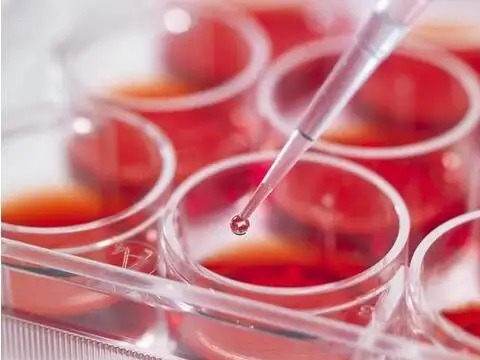Astaxanthin, the core component extracted from *Haematococcus pluvialis*, is hailed as the “King of Antioxidants” due to its unparalleled antioxidant capacity and multi-target anti-aging mechanisms. It offers unique advantages in delaying aging and protecting cellular health. Below is a detailed introduction to its antioxidant and anti-aging properties:
- Antioxidant Mechanisms: A Triple Defense System
Astaxanthin’s molecular structure (featuring 13 conjugated double bonds and two hydroxyl groups) grants it exceptional free radical scavenging ability, neutralizing various reactive oxygen species (ROS) and forming a three-layered antioxidant defense:
- Cell Membrane Protection:
Astaxanthin embeds itself into the phospholipid bilayer of cell membranes, directly intercepting and neutralizing lipid peroxidation radicals (e.g., singlet oxygen, hydroxyl radicals), protecting membrane integrity and fluidity.
It penetrates mitochondrial membranes, reduces ROS generated by the respiratory chain, enhances energy metabolism efficiency, and delays cellular senescence.
- Intracellular-Extracellular Synergy:
Astaxanthin scavenges free radicals both inside cells and in the extracellular matrix, combating external oxidative stressors like UV radiation and pollution.
Antioxidant Capacity Comparison (Based on ORAC Values):
– Astaxanthin: 2,897,100 μmol TE/g
– Vitamin C: 1,890 μmol TE/g
– Vitamin E: 1,350 μmol TE/g
– β-Carotene: 5,800 μmol TE/g
- Anti-Aging Effects: From Cells to Skin
Astaxanthin combats aging through multiple pathways:
(1) Suppressing Oxidative Stress Damage
– Reduces DNA Damage: Inhibits the generation of 8-OHdG (a biomarker of DNA oxidative damage), lowering mutation risks.
– Preserves Collagen: It suppresses matrix metalloproteinase (MMP) activity, preventing degradation of collagen and elastin to maintain skin firmness.
(2) Enhances Mitochondrial Function
– Boosts ATP production efficiency, reduces accumulation of senescent cells, and delays apoptosis.
(3) Combats Photoaging
– Synergizes with Sunscreen: Absorbs UVA/UVB, reducing UV-induced ROS by 40% (experimental data).
– Repairs Photodamage: Lowers inflammatory cytokines (e.g., IL-6, TNF-α), alleviating erythema and photoaging wrinkles.
(4) Activates Longevity Pathways
– Nrf2/ARE Pathway: Upregulates endogenous antioxidants like SOD and glutathione (GSH).
– mTOR Pathway Modulation: Slows cellular senescence.
- Clinical Evidence
– Skin Improvement:
A double-blind trial showed that oral astaxanthin (6 mg/day for 8 weeks) increased skin hydration by 20%, elasticity by 15%, and reduced wrinkle depth by 10%.
– Anti-Fatigue & Longevity:
Animal studies revealed that astaxanthin extended the nematode’s lifespan by 20% and improved motor and cognitive functions in aged mice.
– Photoprotection:
Topical astaxanthin formulations reduced UV-induced skin erythema by 50% (*Journal of Cosmetic Dermatology*).
- Synergy with Other Antioxidants
Astaxanthin enhances anti-aging effects when combined with:
– Vitamins C/E: Regenerates oxidized vitamins, forming an antioxidant cycle.
– Coenzyme Q10: Protects mitochondrial function synergistically.
– Collagen Peptides: Promote collagen synthesis and inhibit degradation.
- Usage Recommendations
– Oral Dose: 4–12 mg/day (take with fatty foods for absorption).
– Topical Formulations: Effective at 0.05%–0.1% concentration, often paired with hyaluronic acid or ceramides.
– Target Groups:
– Individuals exposed to UV rays/pollution.
– Skin with early signs of aging (loss of firmness, wrinkles).
– High-intensity exercisers (reduces oxidative stress).
- Safety
– Natural astaxanthin is non-mutagenic. High doses (e.g., 50 mg/day) may temporarily cause skin discoloration, reversible upon discontinuation.
– Pregnant or breastfeeding women should consult a physician before use.
Astaxanthin comprehensively delays aging through multi-layered antioxidant defense and multi-target anti-aging mechanisms, offering both proactive oxidative stress defense and damage repair. Its unique ability to protect across cellular membranes and resist photodegradation makes it irreplaceable in anti-aging applications.


Leave A Comment